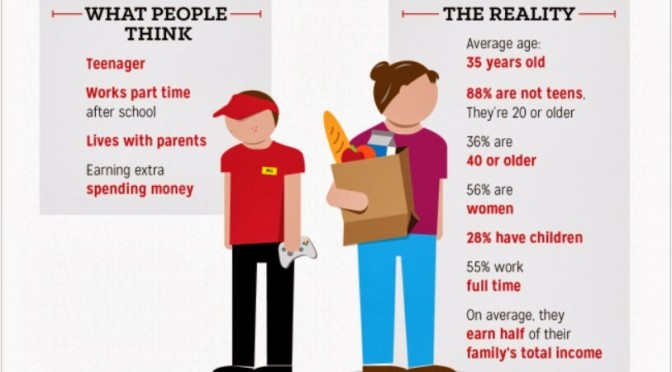Minimum Wage Misconceptions
Like most teenagers, I was not only excited to have my first full-time job, but proud to know that I had reached a significant milestone in my life. I didn't have to rely on my parents for every want and need anymore. By having a job, and making my own money, I was able to … Continue Reading ››
